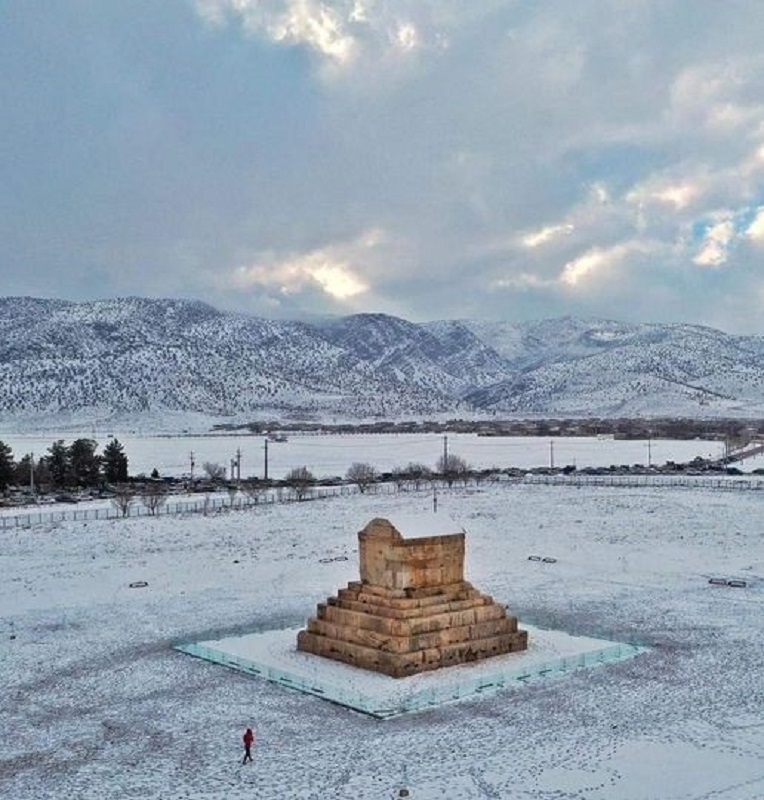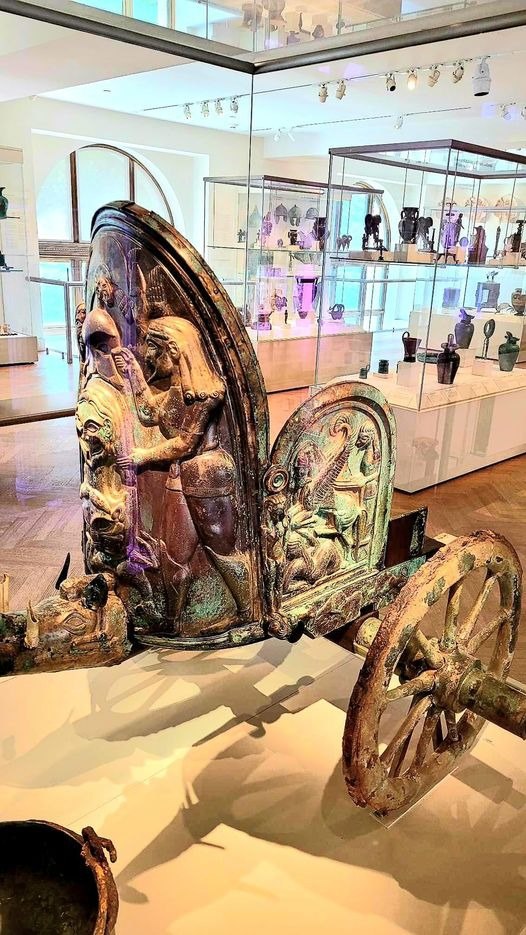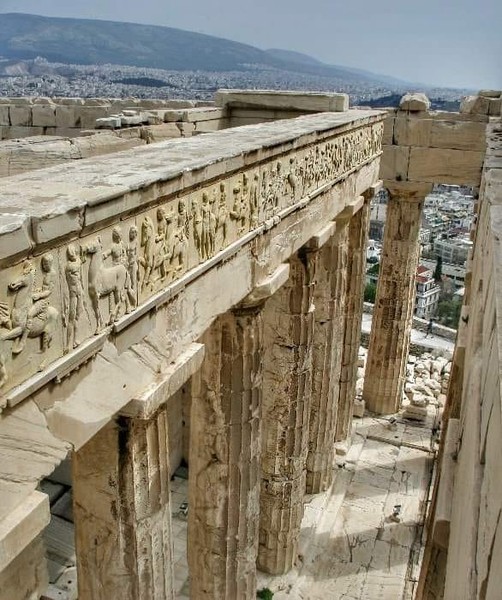Nestled within the Athenian Agora Museum lies a remarkable artifact—a Bronze Spartan shield, a poignant relic from the Battle of Sphacteria in 425 BC. This shield, captured as loot by Athenian forces, serves as a tangible link to one of the pivotal conflicts of the Peloponnesian War. Join us as we delve into the story of the Battle of Sphacteria, the significance of the Bronze Spartan shield, and the fascinating world of ancient Greek warfare.
The Battle of Sphacteria: A Turning Point in Ancient Greek History
The Battle of Sphacteria, fought in 425 BC between Athenian and Spartan forces, marked a significant moment in the Peloponnesian War. Located on the island of Sphacteria, off the coast of Pylos in southwestern Greece, the battle resulted in a stunning Athenian victory. The capture of hundreds of Spartan soldiers, including high-ranking officers, was a major blow to Spartan prestige and military prowess. The Bronze Spartan shield, now housed in the Athenian Agora Museum, serves as a tangible reminder of this pivotal moment in ancient Greek history.

Unveiling the Bronze Spartan Shield: A Symbol of Athenian Triumph
The Bronze Spartan shield, looted from the battlefield by Athenian soldiers, represents more than just a piece of military equipment—it embodies the triumph of Athenian democracy over the Spartan oligarchy. Adorned with intricate designs and symbols, the shield would have been a prized possession of its Spartan owner, a symbol of honor and martial prowess. Its capture by Athenian forces served as a tangible victory trophy, showcasing Athenian military prowess and bolstering morale among its citizens.

Exploring the Legacy of Ancient Greek Warfare
The Bronze Spartan shield offers a glimpse into the world of ancient Greek warfare—a realm of hoplites, phalanxes, and strategic maneuvering. The shield's design and construction provide valuable insights into Spartan military tactics and equipment, shedding light on the training, discipline, and battlefield tactics of one of the most formidable military powers of the ancient world. By studying artifacts like the Bronze Spartan shield, historians and archaeologists gain a deeper understanding of the complexities of ancient Greek society and its approach to warfare.
The Relevance of Archaeology in Understanding the Past
The preservation and study of artifacts like the Bronze Spartan shield highlight the importance of archaeology in piecing together the puzzle of human history. Through careful excavation, analysis, and interpretation, archaeologists unlock the secrets of the past, shedding light on the lives, beliefs, and achievements of ancient civilizations. Moreover, archaeology fosters a sense of connection to our shared human heritage, allowing us to learn from the triumphs and mistakes of our ancestors and gain insights that are relevant to contemporary society.

In conclusion, the Bronze Spartan shield from the Battle of Sphacteria stands as a poignant reminder of a pivotal moment in ancient Greek history. Its presence in the Athenian Agora Museum serves as a tangible link to the past, allowing us to reflect on the complexities of ancient warfare and the enduring legacy of Greek civilization. Moreover, the study of artifacts like the Bronze Spartan shield underscores the importance of archaeology in preserving and understanding our shared cultural heritage. As we continue to explore the mysteries of the past, we gain a deeper appreciation for the meaning and benefits of archaeology in enriching our understanding of ourselves and the world around us.










